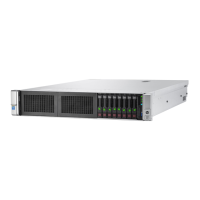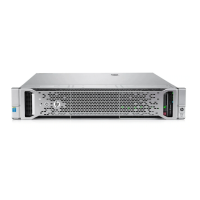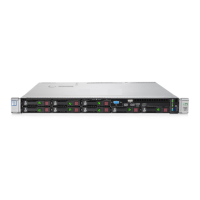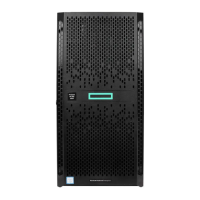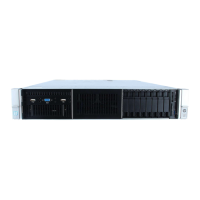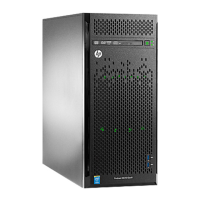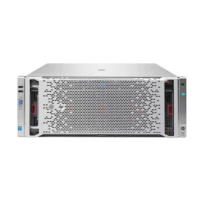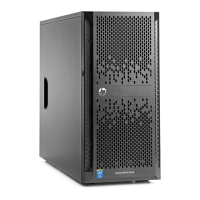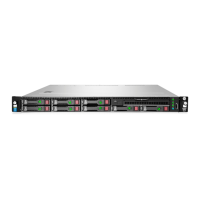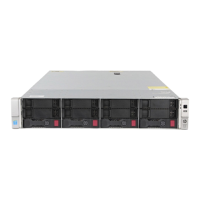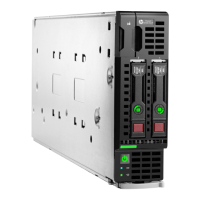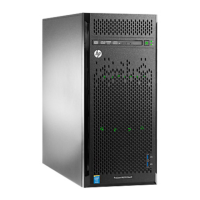IMPORTANT: If unsupported media devices are connected at this point, an error appears. To
resolve the issue, remove the unsupported media device, and make sure you have network share
information available, or a disk or ISO, or USB drive installed when prompted.
1. Select the power management System Profile to use. These profiles set a basic policy for
performance versus power usage without having to configure individual settings through the
UEFI System Utilities menus.
The current (or a recommended) profile is displayed, but to change the settings, the options
include:
• No Change
• Balanced Power and Performance
• Minimum Power Usage
• Maximum Performance
The suggested default varies. If Intelligent Provisioning detects existing settings on the server
that match one of these profiles, that profile is displayed in the System Profiles field. If Intelligent
Provisioning detects settings that do not match one of the profiles, No Change is displayed in
this field.
For more information about these options, see “Using Quick Configs” (page 47).
2. Select whether to perform a software update before the OS is installed.
3. Enter array configuration specifications for the server's storage subsystem.
Options include:
• Keep Current Setting—Uses existing settings to maintain any previously constructed arrays.
Use this option when reprovisioning a server. This option is displayed only when valid
logical drives are present on the server. For new server installations, this option is not
displayed.
22 Configuring the server and installing an OS
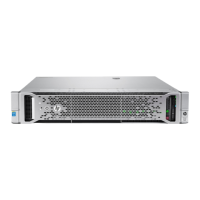
